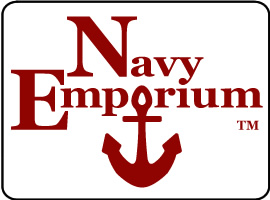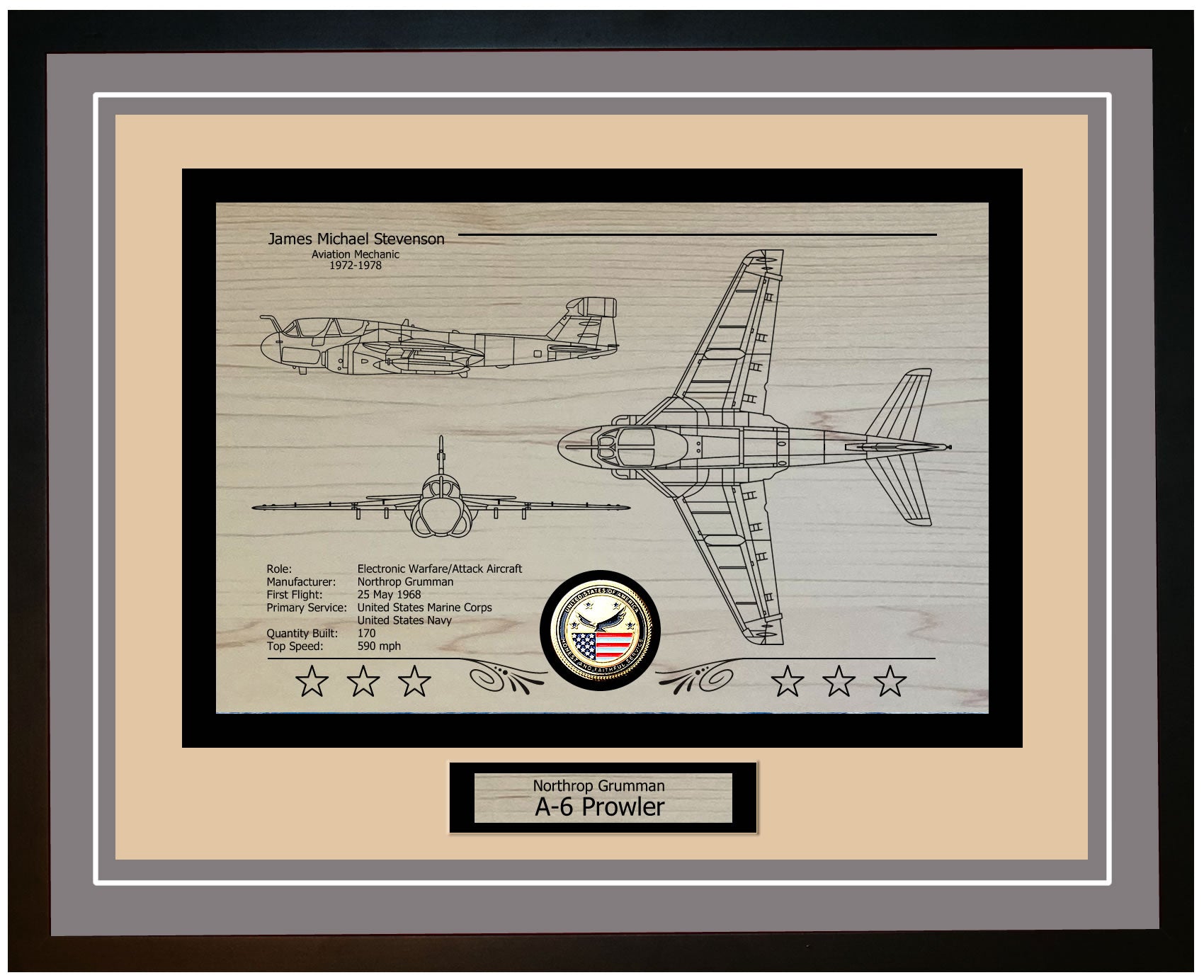The USS Thompson (DD 627) was a Gleaves-class destroyer built for the United States Navy during World War II. Its keel was laid on September 22, 1941, at the Seattle-Tacoma Shipbuilding Corporation in Seattle, Washington, and it was launched on May 15, 1942. The ship was officially commissioned on August 10, 1943. The construction of the USS Thompson was part of a broader effort to strengthen the U.S. Navy in response to the escalating global conflict, and it was designed to be a versatile, reliable addition to the destroyer fleet.
Named after Robert Means Thompson, a U.S. Naval Academy graduate and businessman, the ship honored Thompson’s lasting impact on naval strategy and his support for a strong maritime presence. Thompson's career, which spanned both military and civilian sectors, made him a fitting namesake for a vessel that would serve on critical wartime missions.
The USS Thompson was equipped with formidable weaponry typical of the Gleaves-class destroyers. Armed with four 5-inch/38 caliber guns, ten 21-inch torpedo tubes, and an array of anti-aircraft guns, the ship was capable of engaging both surface and air threats. It also featured advanced radar and sonar systems, allowing it to detect and neutralize enemy submarines and aircraft. Designed for speed and agility, the USS Thompson was able to carry out various roles, including convoy escort duties and direct combat engagements.
The ship’s legacy is most notably defined by its role in World War II. It served in both the Atlantic and Mediterranean theaters, where it protected convoys and participated in key assaults. One of its most significant contributions was during the Normandy invasion on D-Day, where it provided naval gunfire support and anti-aircraft protection, helping to ensure the success of the operation. These vital contributions underscored the USS Thompson’s importance in the broader context of the war.
As part of the Gleaves-class, the USS Thompson was engineered for adaptability and effectiveness across a variety of combat scenarios. These destroyers were primarily tasked with protecting fleets from enemy submarines and aircraft while also providing support for various naval missions. The ships of this class were renowned for their strength and versatility—qualities that proved invaluable in the unpredictable nature of World War II battles. The USS Thompson exemplified these traits, establishing itself as an effective asset throughout its service.
The commissioning of the USS Thompson on August 10, 1943, marked the beginning of its active duty in the U.S. Navy. The ship’s well-trained crew, prepared for the challenges ahead, embarked on a series of missions that took them across the Atlantic and deep into the heart of the war. The commissioning ceremony represented not only the vessel’s readiness but also the commitment of its crew to contribute to the war effort. The subsequent service history of the USS Thompson stands as a testament to the dedication and skill of its crew and the ship’s strategic importance in World War II operations.
USS Thompson DD-627: A Technological Marvel of Naval Warfare
The USS Thompson (DD 627) was a Gleaves-class destroyer known for its versatile and adaptable design during World War II. The ship measured 348 feet in length and 36 feet in beam, striking an ideal balance between speed and stability. Its hull was constructed from high-tensile steel, ensuring resilience in combat. The superstructure was engineered to minimize radar visibility, showcasing advanced technology for its time. The main deck housed the ship’s weapons and bridge, while the lower decks contained crew quarters, engine rooms, and storage for ammunition and provisions.
In terms of technology, the USS Thompson was outfitted with state-of-the-art navigation, communication systems, and weaponry. The ship featured radar and sonar systems for detecting enemy vessels and submarines. For example, the SG radar was used for surface search operations, while the SC radar provided air surveillance capabilities. These advanced systems allowed the Thompson to perform its defensive duties effectively. Additionally, the ship was equipped with a communication system, including radio and signal lamps, to maintain coordination with other naval units and command centers, ensuring seamless operation during missions.
The USS Thompson’s armament was carefully designed to address a variety of combat scenarios, from defending against aircraft to engaging surface targets. Its primary weaponry consisted of four 5-inch/38 caliber dual-purpose guns, capable of targeting both surface ships and aircraft. These guns were mounted in turrets with a 360-degree firing range. For air defense, the ship carried an array of 40mm Bofors and 20mm Oerlikon cannons, providing rapid-fire capabilities to protect the ship and its convoy from aerial threats.
To enhance its anti-submarine capabilities, the USS Thompson was equipped with ten 21-inch torpedo tubes, arranged in two mounts, allowing for powerful salvos against enemy vessels. It also carried depth charge projectors and racks, designed to deploy explosive charges targeting submerged submarines. These depth charges were an essential part of the ship’s weaponry, providing defense against the growing threat posed by enemy submarines during the war.
With its comprehensive arsenal and advanced technology, the USS Thompson became a formidable asset within the U.S. Navy fleet, playing a vital role in World War II operations.
USS Thompson DD-627 Crew Member Reports of Time Aboard
The USS Thompson (DD-627) holds a special place in the hearts of its former crew members, as evidenced by the memories shared in its guestbook. These recollections paint a vivid picture of life aboard the ship and the camaraderie that developed among the sailors.
William Helstrom, who served as an EN2 aboard the USS Thompson in 1966, shares a particularly personal and memorable moment from his time on the ship. He recalls proposing to his wife in the backseat of Dicky Moore's 1957 Chevrolet convertible, with Donny Pearson riding 'shotgun'. This anecdote not only highlights a significant life event but also underscores the close-knit relationships formed among the crew members. Helstrom's mention of fellow sailors Fowler, Drummond, Heathcote, Sears, Fredline, Rosco, Fetty, Wood, and PortzAgwon further illustrates the strong bonds and sense of community that existed on the USS Thompson.
These memories provide a glimpse into the daily lives and personal experiences of the crew, showcasing the blend of professional duty and personal milestones that characterized their time aboard the ship. The shared experiences, whether they were moments of joy, camaraderie, or significant life events, contributed to a lasting sense of brotherhood among the sailors of the USS Thompson.
USS Thompson DD-627: Evolution of a Naval Powerhouse and Its Legacy in the Fleet
The USS Thompson (DD 627) underwent several upgrades throughout its service life to remain a vital asset to the U.S. Navy. Initially commissioned during World War II, the ship was equipped with advanced radar and sonar systems designed for submarine warfare and surface detection. As technology advanced, the Thompson received key updates to its electronic warfare capabilities, including enhanced radar systems, improved sensor arrays, and advanced communication gear. These upgrades ensured the ship maintained its ability to effectively detect and track threats, both on the surface and underwater.
The USS Thompson was a versatile destroyer, built to perform a range of critical tasks. Its primary roles included anti-submarine warfare, anti-aircraft defense, and surface combat. Armed with torpedoes, depth charges, and dual-purpose guns capable of targeting both air and surface threats, the Thompson proved its effectiveness in combat. Over time, its armament was further enhanced with additional anti-aircraft guns and upgraded fire control systems, increasing its ability to protect larger fleet units from aerial assaults. The ship’s flexibility and adaptability made it an invaluable asset during defensive operations.
During World War II, the USS Thompson contributed significantly to key naval battles. It provided escort and screening support for larger vessels, conducted anti-submarine patrols, and participated in shore bombardments during amphibious assaults. One of its most notable contributions came during the Normandy Invasion, where it provided naval gunfire support for the landing forces and helped secure the beachhead.
Following the war, the Thompson continued to serve with distinction, participating in training exercises, fleet maneuvers, and goodwill missions that highlighted the strength of the U.S. Navy and helped foster international relationships. Throughout its years of service, the USS Thompson demonstrated the adaptability and resilience of the Navy’s destroyer fleet. Its ability to integrate new technologies and adjust to changing mission requirements ensured its continued relevance in naval operations.
The enduring legacy of the USS Thompson underscores the importance of modernization efforts in maintaining the strategic value of versatile, multi-role vessels. Its rich history highlights how destroyers play an essential role in naval warfare strategies and contribute to the overall success of the fleet.
USS Thompson DD-627: A Chronicle of Valor and Victory on the High Seas
In Section IV, titled Deployments, Role in Major Conflicts, Awards and Commendations, the USS Thompson (DD 627) demonstrated its versatility and the dedication of its crew through significant contributions during World War II. Commissioned in 1943, the Thompson quickly saw action, participating in Operation Husky, the invasion of Sicily, in July 1943. The destroyer provided crucial naval gunfire support, bombarding enemy positions to assist Allied troops in their landings. This marked the beginning of its service in the European Theater, where it would continue to excel.
Following its success in the Mediterranean, the Thompson was reassigned to participate in Operation Overlord, the Normandy Invasion, in June 1944. As part of the bombardment force, the ship played a vital role in weakening German defenses along the coast of Normandy to support landing forces. The precision and persistence of its gunfire were instrumental in securing Omaha Beach, one of the most contested sectors during D-Day. The bravery and skill displayed by the Thompson's crew under heavy fire significantly contributed to the success of this pivotal operation.
Throughout the war, the USS Thompson took on a variety of roles beyond direct combat. It also participated in crucial escort and patrol missions, safeguarding convoys as they crossed dangerous waters. These operations ensured that troops and essential supplies reached the European front safely, despite the constant threat posed by German U-boats. The Thompson's proficiency in combating submarines was tested and proven, successfully neutralizing enemy threats. These escort missions played a vital role in maintaining the flow of resources critical to the Allied war effort.
The exceptional service of the USS Thompson did not go unnoticed. Both the ship and its crew were recognized for their courage and effectiveness in battle. The Thompson was awarded the Navy Unit Commendation for heroism in action, along with multiple battle stars for its involvement in various campaigns. The legacy of the USS Thompson stands as a testament to the bravery and determination of its crew, and its place in history is a proud symbol of the values of dedication and sacrifice that are synonymous with naval service.
USS Thompson DD-627 Ship Specifications
| Specification | Details |
|---|---|
| Class | Gleaves Class Destroyer |
| Commissioned | July 10, 1943 |
| Displacement | 2,395 tons |
| Length | 348.3 feet |
| Beam | 36 feet |
| Draft | 13.1 feet |
| Speed | 35 knots |
| Complement | 16 Officers 260 Enlisted |






